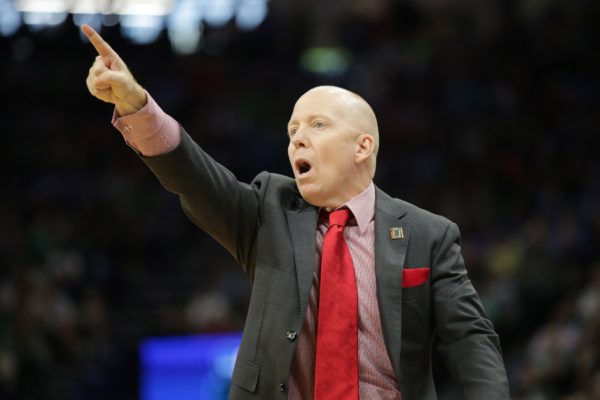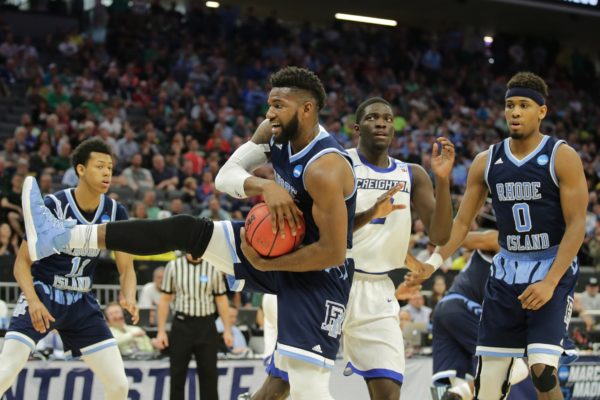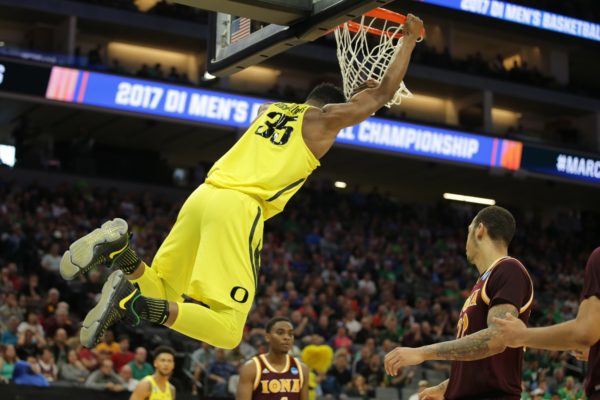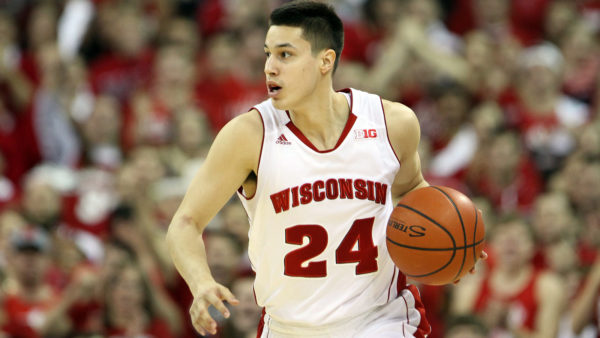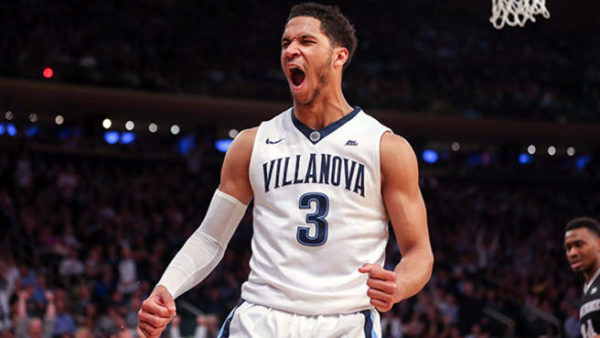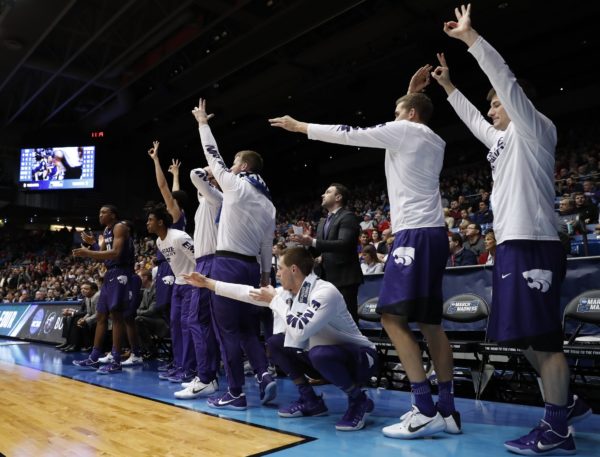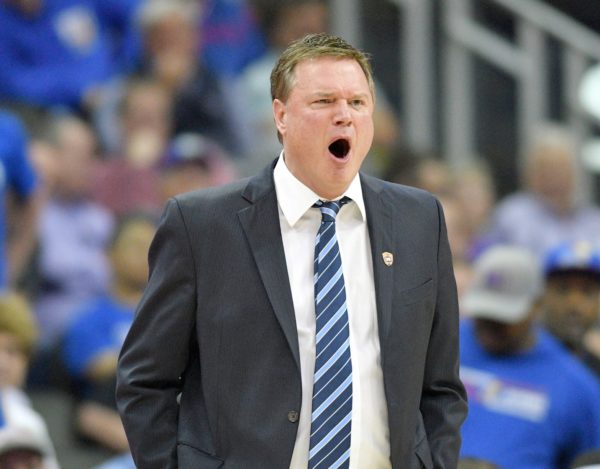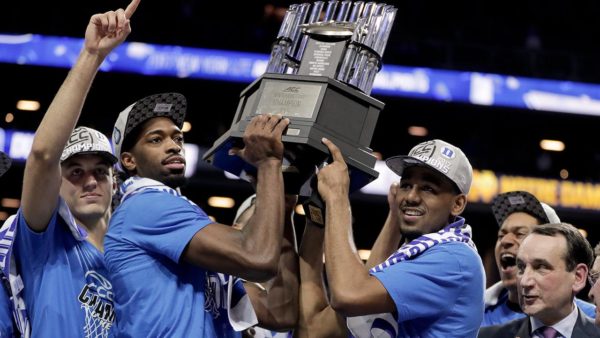Rushed Reactions: #4 West Virginia 83, #5 Notre Dame 71
Posted by Tommy Lemoine on March 18th, 2017West Virginia relied on timely shooting and aggressive defense (per usual) to reach its second Sweet Sixteen in the last three years.
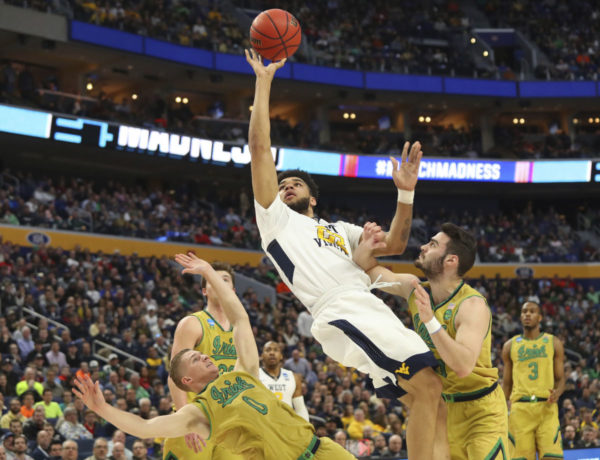
West Virginia is headed to San Jose next week. (AP Photo/Bill Wippert)
Three Key Takeaways.
- No one is immune to Press Virginia. Notre Dame entered Saturday with the best offensive turnover rate in the country, a testament to its stable of seasoned ball-handlers and deliberate approach. Faced with West Virginia’s relentless, bruising defensive pressure, though, the Irish struggled just as so many of the Mountaineers’ opponents have this season. Mike Brey’s veteran club suffered 10 turnovers in the first half alone, unable to find any offensive rhythm and surrendering easy baskets on the other end. West Virginia — which forces turnovers at a higher rate than any other team in college hoops — jumped out to a 10-0 lead to start the game and never really looked back.
- The Mountaineers’ offense was pretty great, too. Much of the conversation surrounding West Virginia focuses on its defense, and deservedly so. But if it was defense that gave the Mountaineers’ an initial edge on Saturday, it was the offense that ultimately carried them home. Bob Huggins’ group shot 50 percent from the field, including 8-of-14 from behind the arc and 21-of-26 at the free throw line. Especially great was West Virginia’s interior passing, which enabled Esa Ahmad (11 points), Elijah Macon (11 points), Daxter Miles (18 points), and others to routinely find easy looks at the rim. Oh, and the timely three-point shooting helped — especially from Jevon Carter (4-of-5 3FG), who drilled a clutch triple with 2:30 remaining that helped stick a fork in Notre Dame.
- Bonzie Colson was every bit as good as you’d expect. While Notre Dame lost, it wasn’t because Colson didn’t hold his own. The uniquely-built 6’5″ forward scored 27 points on 10-of-15 shooting, including 4-of-5 shooting from long range along with eight rebounds. Despite picking up his fourth foul with about nine minutes left in the game, Colson remained effective on the offensive end, enabling the Irish to hang around despite facing a superior opponent. Silver lining for Notre Dame fans? The big man is only a junior, and should enter 2017-18 as a front-runner for ACC Player of the Year.
Player of the Game. Jevon Carter, West Virginia (24 points, 4-of5 3FG). For as outstanding as Colson was, Carter make the biggest difference in this game. The 6’2″ junior, known for his tenacious defense and quick hands (2.6. SPG), knocked down big shot after big shot on Saturday, including a long three-pointer from straight-on midway through the second half and that dagger triple with a few minutes remaining. He couldn’t have picked a better time to match his season-high point total.





























